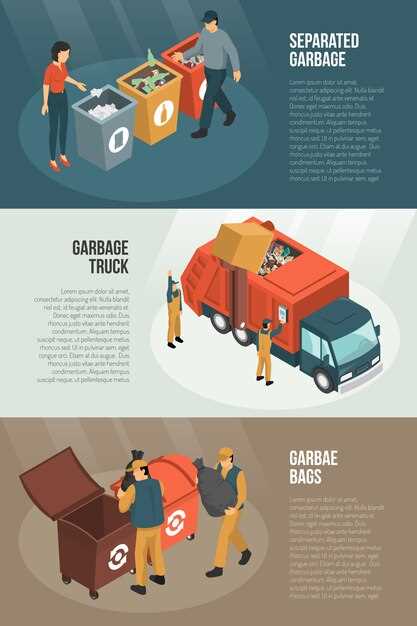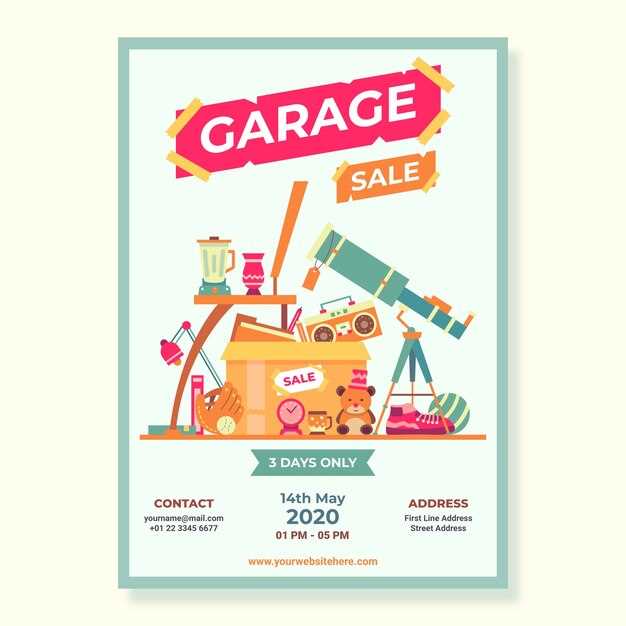
Deciding whether to sell a salvage car as a whole or to part it out can be a challenging choice for many car owners. The process involves evaluating various factors that can ultimately affect the sale. Each option presents its own advantages and disadvantages, which makes it critical to analyze your specific situation in order to make an informed decision.
Understanding the Market: Before making a sale, it’s essential to understand your local market. Research how much similar salvage cars are selling for, both whole and in parts. Assessing demand can help you gauge whether it’s worth pursuing a full sale or if breaking the car down for parts could yield better financial returns. A well-informed decision can make a significant difference in the overall outcome.
Condition and Age of the Vehicle: The condition of the salvage car plays a crucial role in deciding whether to sell it whole or for parts. If the vehicle is relatively new and still has many functional components, selling it as a complete unit may be more beneficial. On the other hand, if the car is older and has extensive damage, it might make more sense to part it out to maximize your returns and appeal to different buyers looking for specific components.
Ultimately, whether you choose to sell a salvage car whole or for parts should depend on a careful evaluation of the vehicle, the market trends, and your financial needs. Each option requires strategic planning and could lead to varying levels of success, so it’s vital to weigh your options thoroughly before proceeding.
Sell a Salvage Car Whole or for Parts: What to Consider

When deciding whether to sell a salvage car whole or for parts, there are several factors to consider that can influence your decision and potential profit.
- Condition of the Vehicle:
- If the car is significantly damaged and not drivable, selling it for parts might be more beneficial.
- For vehicles in good condition, selling them whole can yield a higher sale price.
- Market Demand:
- Research what parts are in demand in your area. If certain components are sought after, parting out the car may be advantageous.
- Evaluate current trends; some models may have higher resale value when sold whole.
- Effort and Time:
- Parting out a car requires time and effort to dismantle it and manage the sale of individual parts.
- Selling the vehicle as a whole is faster, but may often result in a lower return.
- Legal Considerations:
- Understand your state’s regulations regarding salvage titles and selling parts.
- Ensure you have the correct paperwork for either selling method to avoid legal complications.
- Potential Return:
- Calculate the potential earnings from selling parts versus a full sale to determine which option is financially better.
- Consider the average prices for the vehicle in its current state to set realistic expectations.
Ultimately, the decision should be based on a thorough evaluation of the vehicle’s condition, market dynamics, your available time, and legal requirements. Weighing these factors will help you determine whether to sell your salvage car whole or part it out for maximum profit.
Evaluating the Condition and Market Demand for Your Salvage Car

When contemplating the sale of a salvage car, the first step is to assess its overall condition. A thorough inspection can reveal critical aspects that influence the vehicle’s valuation. Check for major damages, mechanical issues, and the state of crucial components such as the engine, transmission, and suspension. Consider also the vehicle’s mileage and whether it has a clean title or salvage title. These factors significantly affect how much buyers might be willing to pay for the car as a whole or for parts.
Next, understanding market demand is vital. Research similar salvage vehicles in your area to gauge their selling prices. Online marketplaces often provide valuable insights into current trends, helping you to estimate what you might expect from a sale. Some cars hold more value for certain parts than they do as a complete vehicle. For specific makes and models, certain components can be highly sought after, which enhances their potential value if sold separately.
Ultimately, the decision to sell the salvage car whole or out in parts depends on the evaluation of both its condition and the market demand. A well-maintained car with desirable features might fetch a higher price as a complete unit, while a vehicle with significant damage may yield more profit when broken down into individual parts. Balancing these considerations will ensure that you make an informed choice that aligns with your financial goals.
Understanding the Legal and Financial Implications of Selling Salvage Vehicles
When considering the sale of a salvage vehicle, whether as a whole or in parts, it is crucial to understand the legal and financial implications involved in the transaction. Selling a salvage car requires knowledge of state laws governing such sales, as they can vary significantly. Properly categorizing your vehicle as salvage ensures compliance with local regulations, which may include obtaining a salvage title.
Financially, selling a salvage vehicle in parts may yield a higher total price than selling it as a complete unit. However, this approach often involves additional costs such as the time spent dismantling the vehicle and the potential need for specialized tools. In contrast, a full sale may provide a quicker transaction and reduce the hassle of individual sales, but could result in a lower overall profit.
Moreover, disclosing the vehicle’s salvage status is essential to avoid legal complications. Failing to inform buyers of the salvage history can lead to disputes and potential legal action. Buyers in both scenarios, whether for parts or the whole vehicle, are often well-informed and may check for salvage records, making transparency crucial.
Additionally, assess the market demand for salvaged vehicles or parts in your area. Understanding this can help you price your vehicle appropriately, taking into account the condition and the current market trends. Whether selling a salvage vehicle in parts or full, a clear understanding of the legal framework and financial aspects will ultimately lead to a more successful transaction.
Advantages and Disadvantages of Selling Whole Versus Parting Out a Car
Selling a salvage car can be approached in two primary ways: selling it whole or parting it out for individual components. Each method has distinct advantages and disadvantages that potential sellers need to weigh carefully.
One major advantage of selling the car whole is the simplicity of the process. A single transaction means less hassle and time spent on negotiations, as buyers typically prefer the convenience of acquiring the entire vehicle. Additionally, selling the car in full can yield a quicker payment compared to dealing with multiple buyers for parts, reducing financial uncertainty.
However, the downside of selling the car whole often lies in the valuation. Salvage cars typically fetch lower prices in full than the cumulative value of their individual parts when sold separately. If the vehicle has extensive damage or is deemed non-repairable, it may also limit the number of potential buyers. This can lead to longer selling times and greater frustration.
On the other hand, parting out a car offers the possibility of maximizing profit. Individual parts, especially popular components like engines, transmissions, and electronic systems, can be sold at a premium. In many cases, the total income from selling parts can exceed the offer for the entire vehicle, especially if it is damaged but contains valuable elements.
The process of parting out a vehicle can be more labor-intensive and time-consuming, as it involves dismantling the car, taking inventory of components, and finding buyers for each part. This can also increase the complexity of negotiations and require a greater investment of effort to manage multiple sales. Moreover, there’s a risk of certain parts remaining unsold, potentially leading to the car’s structure becoming useless.
In conclusion, the decision to sell a salvage car whole or parting it out greatly depends on the specific circumstances of the vehicle, market demand, and the seller’s willingness to invest time and effort. A thorough evaluation of both approaches can aid in determining which method aligns best with individual goals and expectations.
